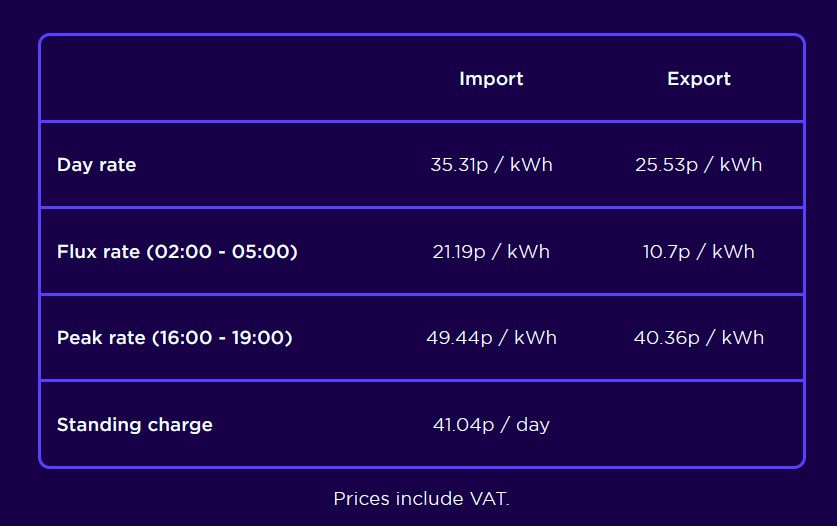Thanks for your reply.
I know I'm going to sound thick but how would I determine what our baseline would be?
I can work out our average daily, no problem. Am I using Only electricity consumption?
01/09/21 to 16/02/23 average daily electricity is 10.13 kwh with an average cost of £3.90 (gas is 48.16 kwh with an average cost of £5.20)
Does a household use extra electricity when it's cold?
Ah sorry I may have got wires crossed, you mentioned electricity only for supply but you must have been talking about business rather than home?
A bit more electric in winter yes, but if gas does heating, then not loads more! If you had electric heating then yep, would be a lot more.
10 kWh is a good place to be and I think where Solar can really start to shine.
You want reasonably to generate what you use in a year, 1 kW of panels well positioned should be capable of around 1000 kWh per year.
Your usage is 10 kWh per day, so 3650 kWh and change per year. Ideally you'd want at least a 3.6kWp system but you may as well go a bit bigger if you can.
There are fixed costs to installations, adding some extra panels can help with Winter generation, and also just give you more options later. I'd oversize rather than under-size personally. If I could have added some more panels easily I would have done

For battery, you reasonably want enough to keep your power going overnight, most of the time. I think somewhere around 60%+ of your daily usage is good. But if say a 10kWh battery was possible at a reasonable price, you kind of may as well get that.
Battery isn't just for pure generation and usage purposes, sun can cut in and out a lot, it smooths out your grid usage a bit even on a sunny day, because if the sun dips behind a cloud whilst your oven is on, the battery will take over powering it rather than resorting to grid.
Additionally I would say that orientation matters a bit, as does shading factors. E tends to get sun earlier, S is the best overall, and W gets it later. N is awful, don't put panels N facing. E and W are about 80% of the generation of S. Splitting across more than one orientation can be good, gives you more generation slower in the day, rather than all at once when you can't use it as easily.
For shading, if you get a lot, you may need optimisers, Solar Edge are well regarded.
MKW has this, but you can also get hot water diverter if you have a tank, it can send excess solar to the tank to heat your hot water. I cant' do this, Combi boiler only :9





